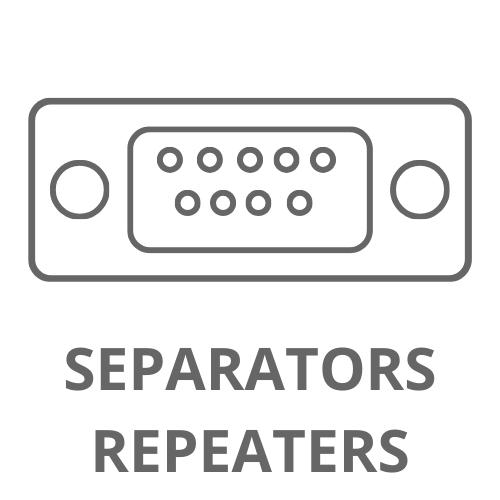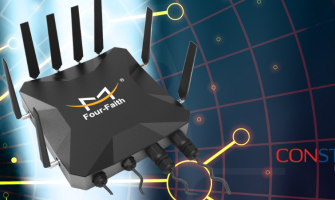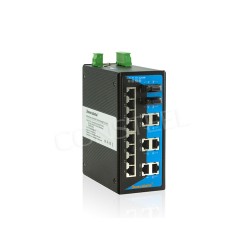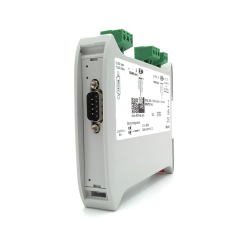What is the wireless M-Bus protocol?
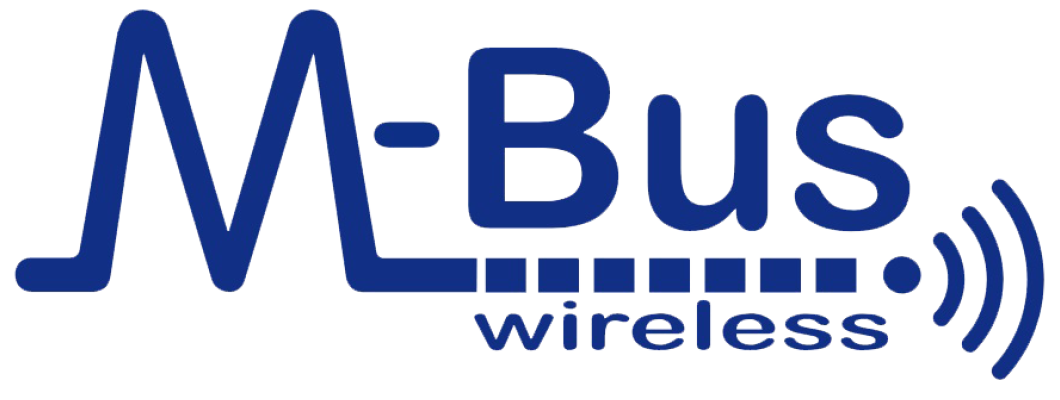
What is the wireless M-Bus protocol? (wireless M-Bus, EN 13757)
The wireless M-bus standard is a response to the growing market requirements for remote reading of utility consumption meters such as energy, gas, water or heating meters. Communication between the master system and the meters (slaves) is carried out wirelessly in the 169MHz, 433MHz and 868MHz bands. A detailed description of the protocol and physical layer can be found in the European standard PN-EN 13757 "Communication systems for meters and remote reading of meters".

Wireless M-Bus modes of operation, OMS specification
The generally accepted standard for all meters using wireless M-Bus is the OMS specification, which unifies meter data parsing. Depending on the operating frequency, different communication modes are available:
- N1, N2 for 169MHz
- C1, C2, S1, S2 and T1, T2 for 433MHz and 868MHz
Communication modes are divided into communication:
- one-way: N1, C1, S1, T1, where data from the counter can only be read
- two-way communication: N2, C2, S2, T2, where data can also be sent to the counter.
Each meter should have in its documentation a description of the transmission mode it supports. It is on this basis that data hubs and gateways should be selected to read data from the meters.
One-way communication involves cyclically awakening the meter from sleep mode and emitting data regardless of whether there is a receiver in range.
Two-way communication, in addition to emitting data, immediately after sending data leaves the counter awake waiting for a response. If the meter gets a response during this time, it opens a communication link between the meter and the hub.

Radio transmission distance
According to current regulations, the maximum power of transmitters on different radio frequencies may differ. In practice, free ISM bands, which are unlicensed, are used in most cases. At the moment, the Polish free ISM bands for Wireless M-Bus are the 433MHz and 868MHz ranges. Technically, considering the unlicensed bands and the current regulations for maximum transmitter power (10mW in the 433MHz band and 25mW in the 868MHz band), the farthest transmission distance can be achieved in the 868MHz band.
Safety wireless M-Bus
Because in the wireless M-Bus concept, it is the counter that initiates communication by emitting data into space, it is necessary to secure the sent data using the AES method, which is a 128-bit encryption key.
Application of wireless M-Bus

Thanks to a scheme in which it is the meters that initiate communication, it is possible to optimize energy consumption and use meters equipped with battery power, which, depending on the application, allows operation on a single battery for up to 20 years without replacing it.
An additional advantage is the wireless communication itself. The lack of need to pull a wired bus allows meters to be installed in hard-to-reach places such as sewer manholes. In addition, wireless M-Bus is an ideal solution for a large number of meters dispersed in a star topology that cannot be connected by a single wired bus.
Our products, OMS support, modes of operation- Wireless M-Bus converters offered by CONSTEEL Electronics
All wireless M-Bus converters in our offer support the OMS specification, which means they are compatible with virtually all currently available wireless M-Bus meters. The converters support C, S, T and N modes of operation and act as M-Bus masters, allowing you to read data from wireless meters. When selecting a converter, be guided by the specifications of the meter, primarily its radio frequency and mode of operation.
Each converter can read data from up to 32 wireless M-Bus meters and share them further in one of the following communication protocols:
With the built-in SCAN&DECODE scanner, converter setup is quick and easy. The converter automatically scans the neighborhood for transmitting counters, detects all variables, their type and size, and automatically creates an array of variables.
Wireless M-Bus signal boosters (M-Bus wireless repeaters)
We also offer signal repeaters for meters equipped with wireless M-Bus, which allow you to extend communication distances and increase signal strength for problematic objects. The signal boosters operate in S1 and T1 modes and the 868Mhz band.












